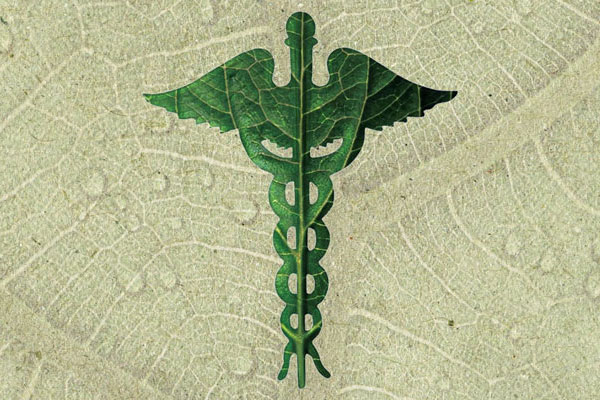
Cell membranes are thin measuring around 5 nanometers thick and to put that into perspective you could fit about 10,000 membranes across one human hair. However, does understanding a cell membrane's basic characteristics allow for consensus on how molecules actually pass in and out of these thin yet strong membranes?
It is widely assumed that the majority of pharmaceutical drugs are transported into cells occurs via ‘passive diffusion’ however, the evidence for “y diffusion through the bilayer” occurring significantly in real cells is non-existent. This means that to understand drug distribution, efficacy and toxicity, we need to know the distribution of the relevant transporters and their specificities in the form of a quantitative structure-activity relationship. Armed with these we can explain the majority of drug distributions (including which cross the blood-brain barrier and why) and why drugs fail. We can also then target drugs where we desire.
Join Douglas Kell, Research Chair in Systems Biology at the University of Liverpool, during this free interactive broadcast to discover how drugs pass through cell membrane solely by hitchhiking on membrane transporters and why so-called “passive diffusion” through any bilayer in real cells is negligible.
What You Will Learn
- How drugs REALLY get into cells (it is not as the textbooks describe it)
- Biology – the nature and distribution of transporters – and not physical chemistry (lipophilicity, log P and the like) explains it
- Phospholipid Bilayer Transport (in real cells) is negligible (PBIN)
Additional Resources
- How drugs and nutrients get into cells – Short video by Science Animated
- Involvement of multiple influx and efflux transporters in the accumulation of cationic fluorescent dyes by Escherichia coli – Open access publication by BMC Microbiology
The Fine Print
ACS Webinars® does not endorse any products or services. The views expressed in this presentation are those of the presenters and do not necessarily reflect the views or policies of the American Chemical Society.












